Many favorable factors
In the context of the fourth industrial revolution, developed countries have shifted to the strategy of building smart cities (SMCUs) towards green growth and sustainable development.
In our country, the policy of building and developing smart cities has been identified in Party resolutions such as: Resolution No. 52, dated September 27, 2019 of the Politburo on a number of policies and strategies to proactively participate in the Fourth Industrial Revolution; Resolution No. 06, dated January 24, 2022 of the Politburo on Planning, construction, management and sustainable development of Vietnamese urban areas to 2030, with a vision to 2045.
In our province, the Ninh Binh Provincial Planning for the period 2021-2030, with a vision to 2050, has determined: "By 2035, Ninh Binh province will become a centrally-governed city with the characteristics of a Millennium Heritage City, a creative city; a large center with high brand value in tourism, cultural industry, and heritage economy of the whole country and the Asia-Pacific region".
In fact, Ninh Binh currently possesses the conditions and opportunities to build a smart heritage urban model; first of all, it must be mentioned that it has a long history. According to historical records, although Hoa Lu city was only built for more than 4 decades, it has affirmed its appearance as an urban area with a large non-agricultural population and has completely shifted to production, exchange of goods, and service activities.
Water and land transport routes were expanded and exploited synchronously and effectively. Residential areas of non-agricultural residents appeared simultaneously along rivers and wharves. Urban infrastructure, markets, ports, river ports, sea ports, etc. were increasingly dense, with merchant ships from China, Champa and some countries in the Southeast Asian region coming and going busily.
Hoa Lu truly became a bustling trading and exchange city in the sub-region, in the entire Giao and Ai regions, domestically and with other countries in the region, marking an unprecedented development of medieval Vietnamese urban areas in the last decades of the 10th and early 11th centuries.
Throughout thousands of years of national construction and defense, Ninh Binh has always been a strategic location, marking the long marches from the South to the North to protect independence, sovereignty, and territorial integrity. Ninh Binh is also the place where economic and cultural exchanges continue between the Red River basin and the Ma River basin, between the Northern Delta and the Northwestern mountainous region of the Fatherland.
In addition to its great cultural values, Ninh Binh also has rich, unique and attractive natural landscapes such as: Trang An Scenic Landscape, Tam Coc-Bich Dong, Cuc Phuong National Park, Van Long Wetland Nature Reserve, etc.
Compared to the provinces of the Red River Delta, Ninh Binh is a province with a large forest area, especially Cuc Phuong primeval forest, a typical tropical forest with diverse and rich flora and fauna. Building Ninh Binh into a smart heritage city is entirely based on its important strategic location and diverse natural resources.
Challenges and "solutions"
In fact, up to now, although there has been the participation of ministries and branches in perfecting institutions, mechanisms and policies for smart urban development, in general, the system of legal documents and the system of related standards and regulations of our country are still not synchronized. Meanwhile, the construction and development of smart heritage cities must be based on a synchronous and effective legal corridor.
On the other hand, building and developing smart urban areas, especially smart heritage cities like Ninh Binh, must be based on a guaranteed urban technical infrastructure system, especially planning issues. Most localities across the country are facing a situation where they are focusing too much on smart urban services without paying attention to developing urban technical infrastructure such as planning issues, traffic infrastructure, digital infrastructure, etc. Building and developing heritage cities requires a complete, integrated, synchronous and shared information data infrastructure system.
In addition to applying information technology and artificial intelligence to heritage management, conservation and promotion, it is necessary to pay attention to data development strategies and to build identification and positioning systems. Data sharing, especially in urban population management, needs to be paid attention to.
From the above issues, it can be seen that the "solution" here is to focus on developing infrastructure for e-government, synchronizing urban data information infrastructure, digital infrastructure; technology is the most important factor in building smart heritage cities. According to experts in the urban field, smart heritage cities link technical infrastructure, information technology, and social infrastructure so that the government can perform its management and operation functions effectively and consistently in all areas.
The information infrastructure system of smart heritage cities needs to be connected and shared between levels of government, between sectors and fields in the locality to serve the goal of developing smart urban areas. In addition, propaganda work and raising awareness of people and businesses about the benefits must go hand in hand with the development of smart heritage cities, and must improve the information technology level of people.
Even if the IT infrastructure is modern, but people do not know and are not capable of exploiting it, the construction and development of smart heritage cities cannot be carried out. Each citizen is both a participant in the construction and a beneficiary of the results after the successful construction of a smart city, therefore, each citizen needs to be clearly aware of their role in this process.
The construction and development of smart heritage cities must be reflected in construction planning projects and urban development programs, projects and proposals. Issues arising from urban development include population growth, traffic congestion, environmental pollution, flooding, etc.
This puts pressure on the locality itself, how to both develop the urban area and protect the heritage, so there needs to be regulations and standards for sustainable smart heritage urban development, in which special attention is paid to infrastructure structures for transportation, urban architecture, etc. Building and developing smart heritage urban areas also requires that the urban area needs to have a smart economy, in which the digital economy must be prioritized for development.
At the same time, the construction and development of smart heritage cities need to go hand in hand with regional and area linkages to develop the advantages of Ninh Binh and the Red River Delta.
Article and photos: Nguyen Thom
Source: https://baoninhbinh.org.vn/-hoa-giai-thach-thuc-trong-xay-dung-phat-trien-do-thi-di-san/d20240628081430731.htm




![[Photo] Prime Minister Pham Minh Chinh meets with King Philippe of Belgium](https://vstatic.vietnam.vn/vietnam/resource/IMAGE/2025/4/1/be2f9ad3b17843b9b8f8dee6f2d227e7)
![[Photo] General Secretary To Lam receives King Philippe of Belgium](https://vstatic.vietnam.vn/vietnam/resource/IMAGE/2025/4/1/e5963137a0c9428dabb93bdb34b86d7c)
![[Photo] President Luong Cuong and King Philippe of Belgium visit Thang Long Imperial Citadel](https://vstatic.vietnam.vn/vietnam/resource/IMAGE/2025/4/1/cb080a6652f84a1291edc3d2ee50f631)
![[Photo] Close-up of Vietnam's sniffer dog team searching for earthquake victims in Myanmar](https://vstatic.vietnam.vn/vietnam/resource/IMAGE/2025/4/1/d4949a0510ba40af93a15359b5450df2)
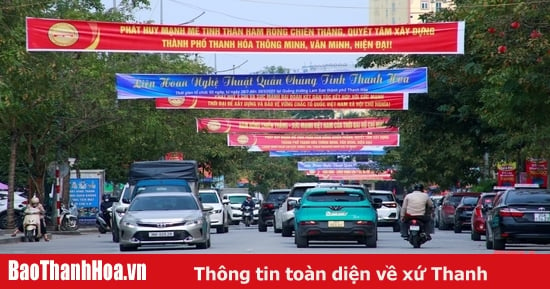




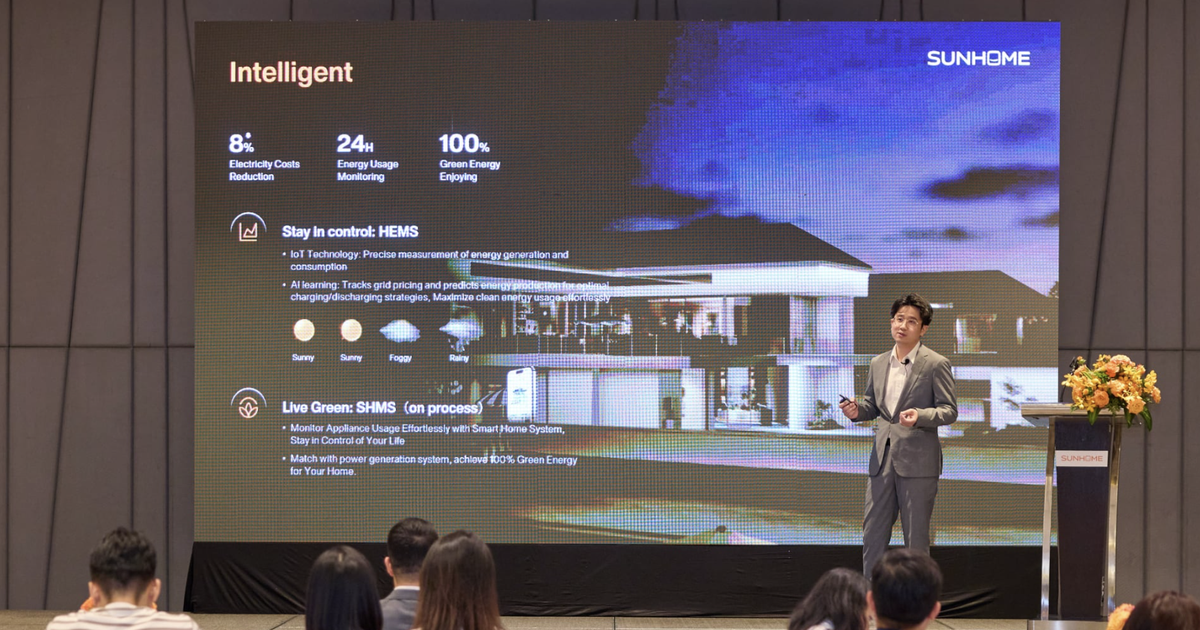















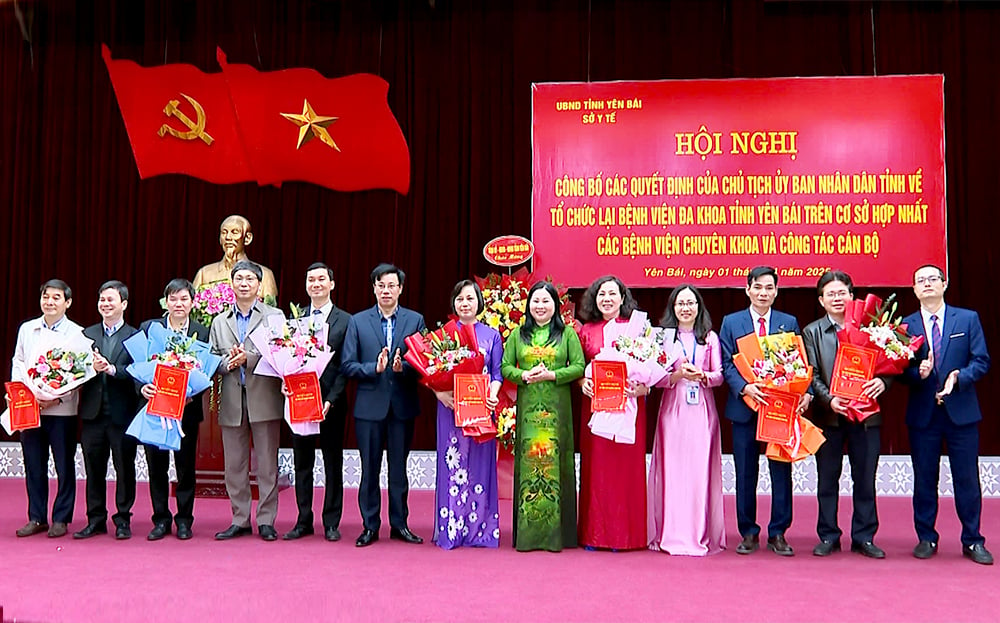
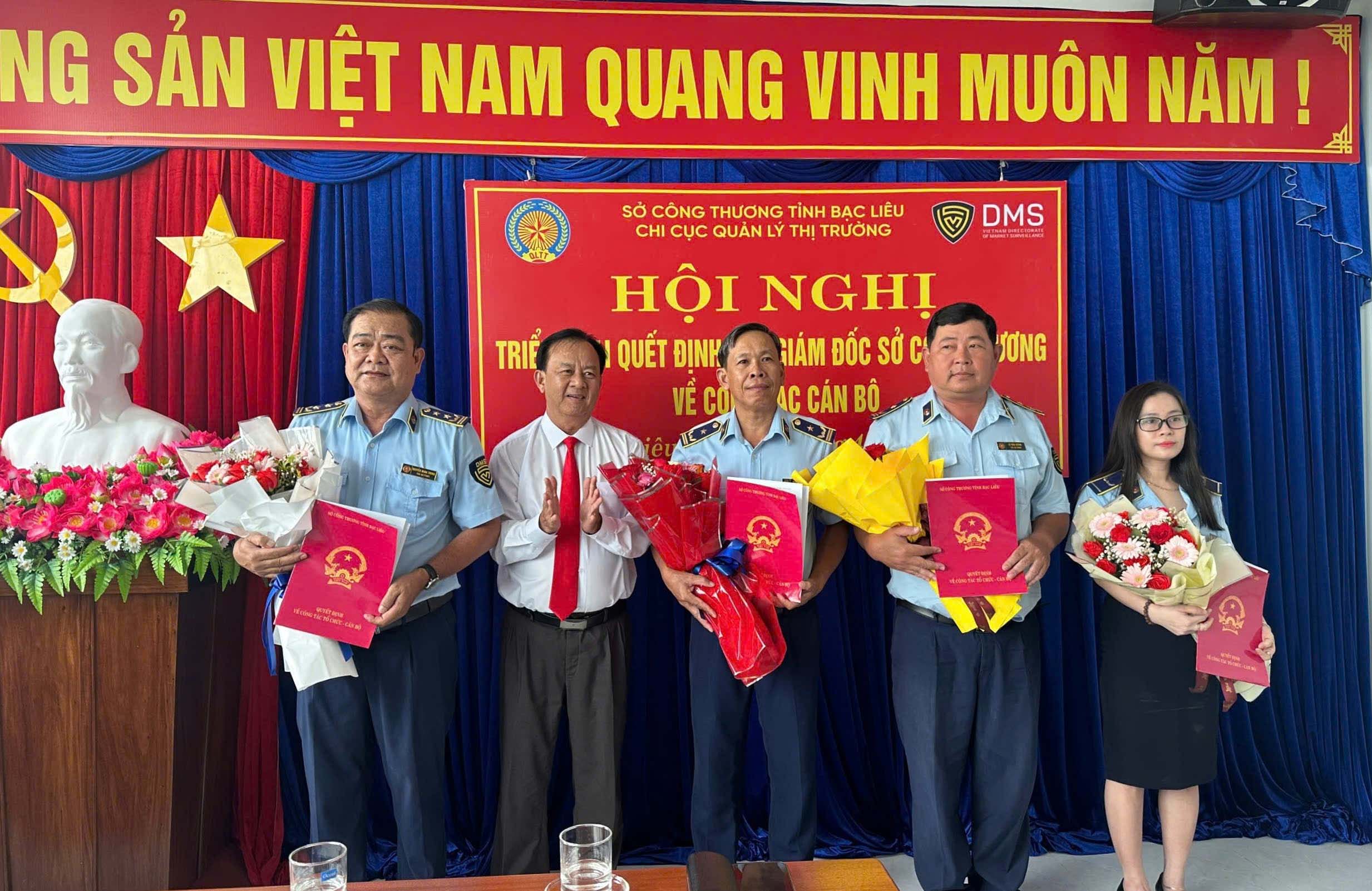
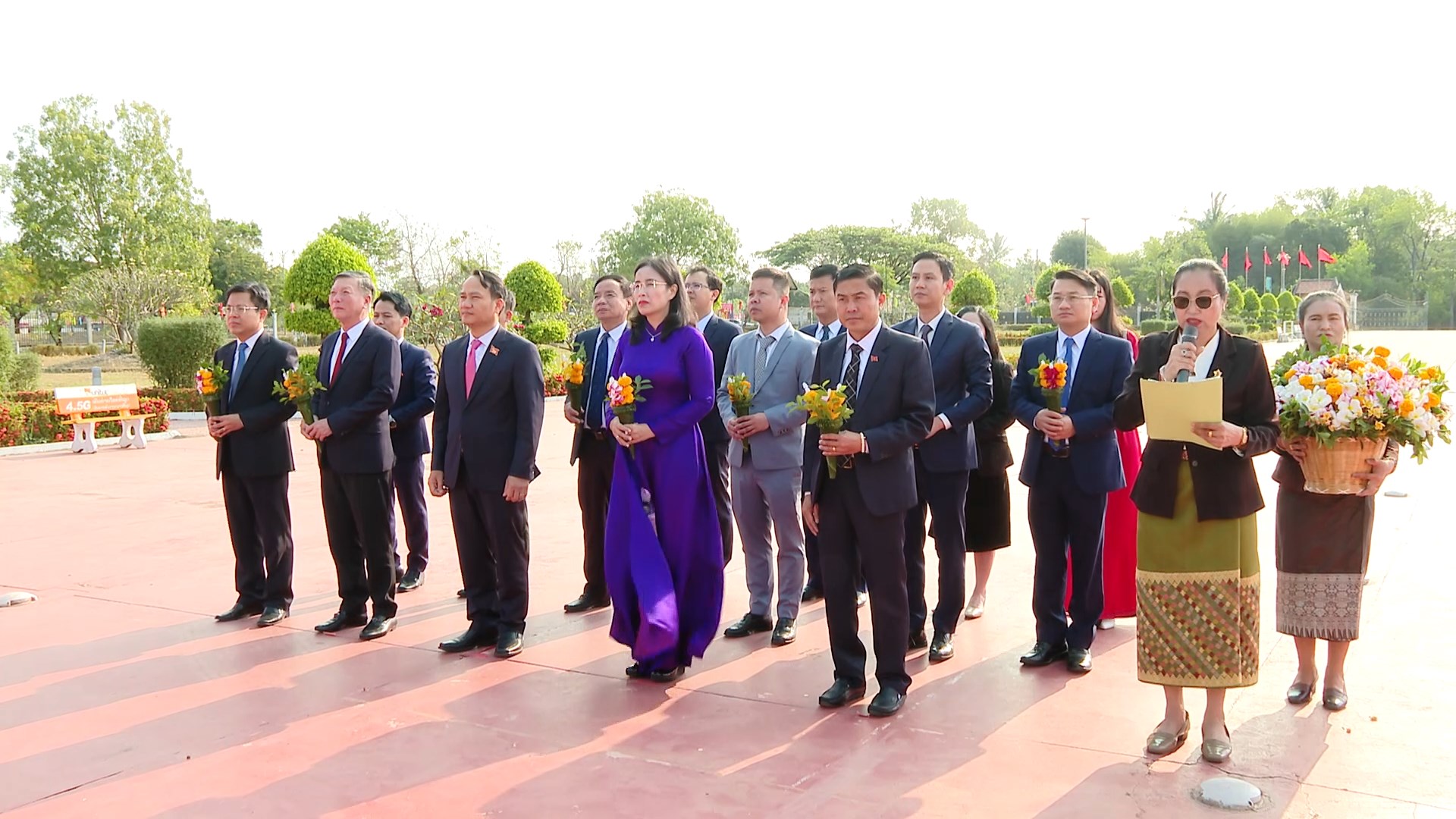
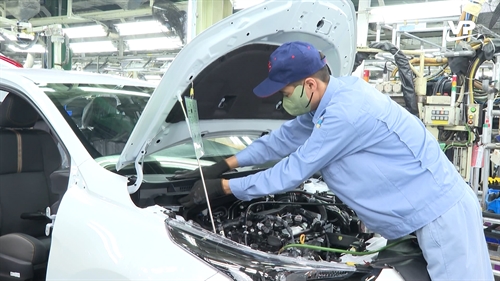
![[Photo] Myanmar's capital in disarray after the great earthquake](https://vstatic.vietnam.vn/vietnam/resource/IMAGE/2025/4/1/7719e43b61ba40f3ac17f5c3c1f03720)










































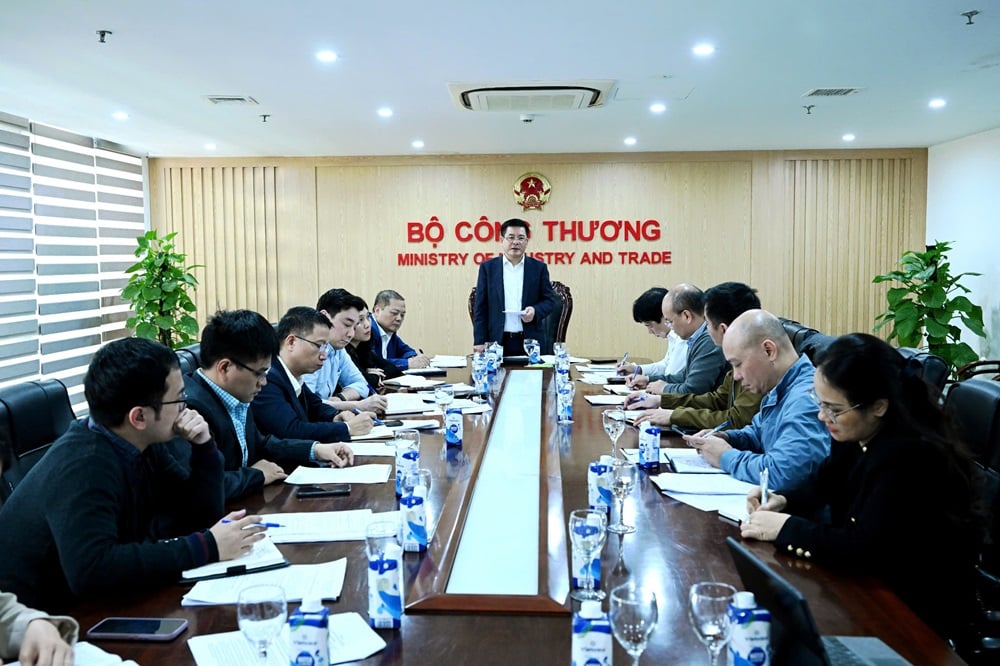













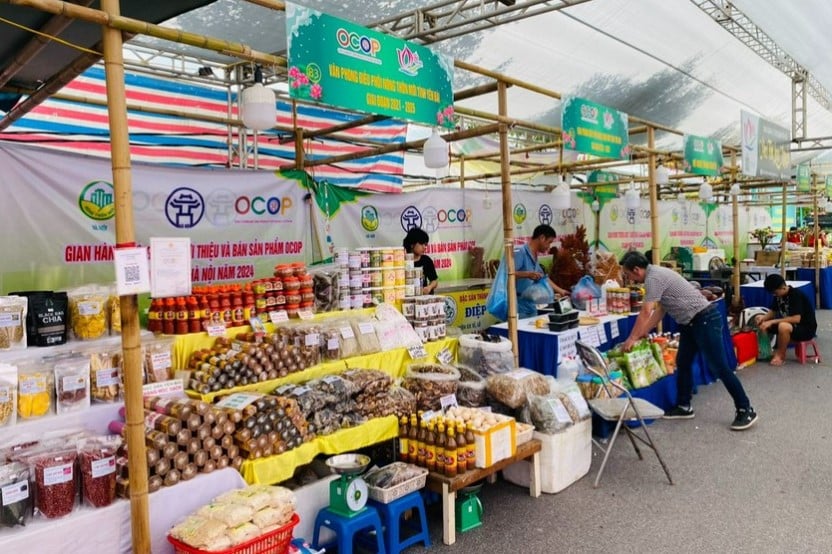
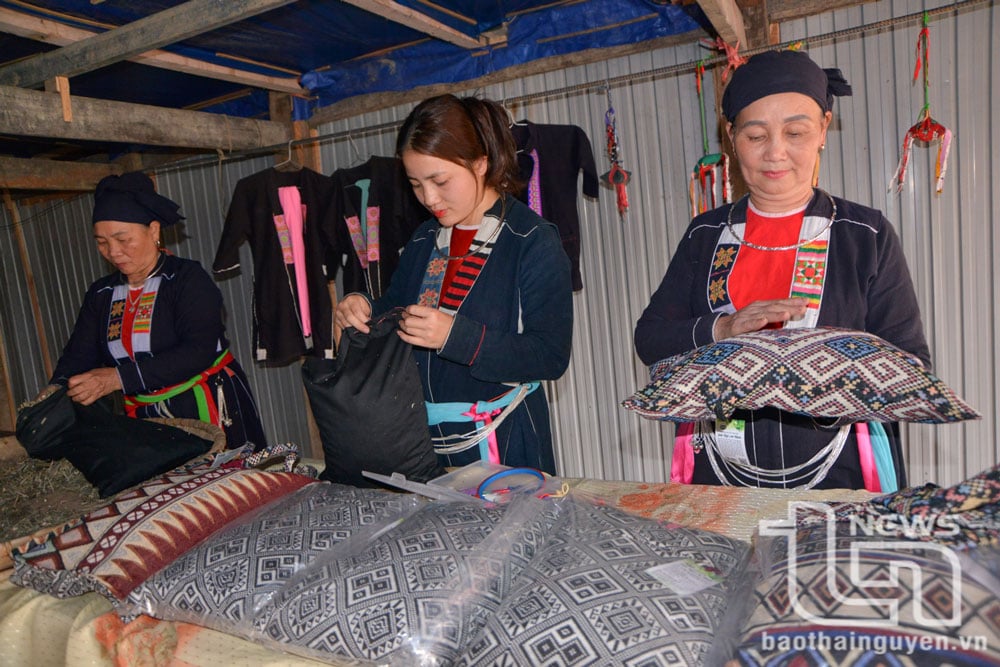



Comment (0)